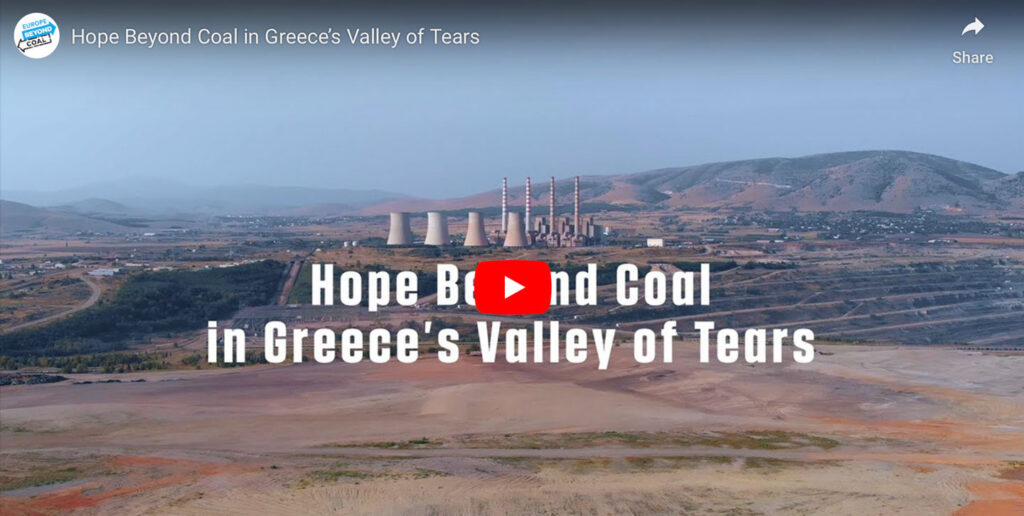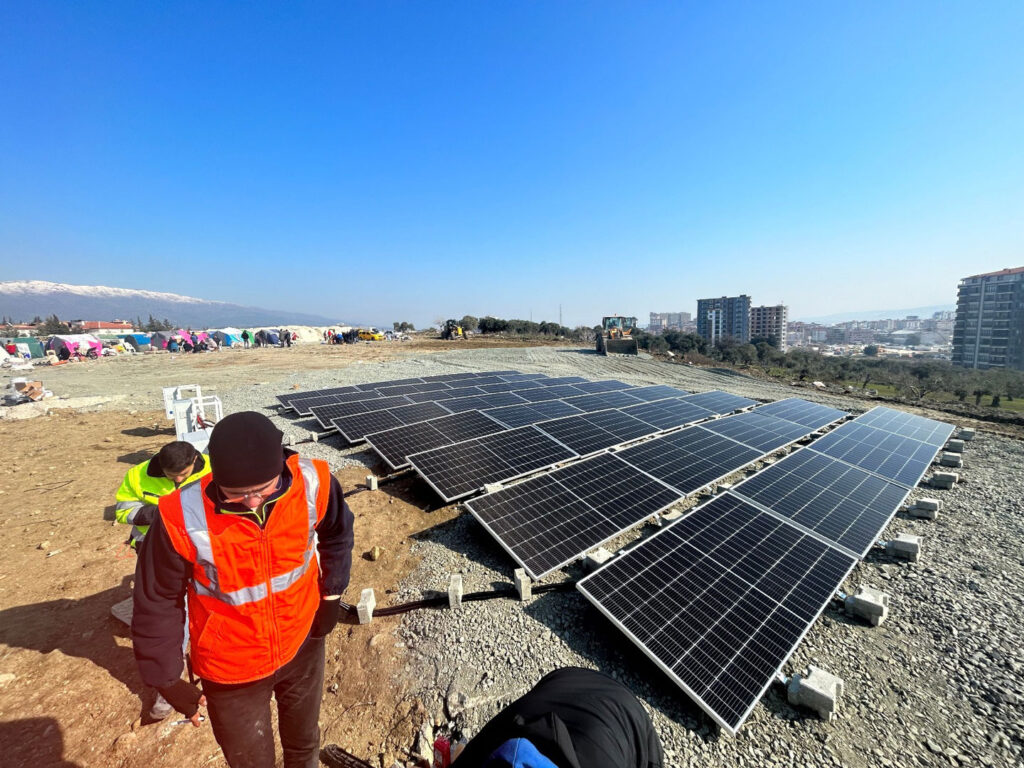Poland’s solar boom brings cheap clean energy close to home
22 March, 2023
Video: SM Wrocław-Południe
In the Polish town of Wrocław, a small housing cooperative has cut its annual shared costs from 90,000 to 18,000 euros per year just by installing solar panels on its disused rooftops.
The scheme is the biggest dispersed power project in Poland, and serves around 15,000 people, powering communal elevators, lighting and water pumps. The 2,771 panels are distributed across 35 high-rise residential buildings, and have reduced CO2 emissions by 600 tonnes per year.
The cooperative’s president Miroslaw Leonowicz makes no bones about the motivation for installing the new solar arrays back in 2017:
“We installed the solar panels on the largest buildings, where the total costs were the highest. Our main goal was to protect against future price increases,” he told Beyond Fossil Fuels.
It was a smart move. As Europe suffered its highest ever fossil gas prices amidst Russia’s invasion of Ukraine, the solar installation Leonowicz and his fellow board members envisioned provided cost-free clean energy to the members of the cooperative.
“Some members of the housing community board have an engineering background, so we knew that energy was going to become an increasingly big issue moving forwards. All that remained was to ask our residents for permission to push ahead with the project, and they agreed,” said Leonowicz.
Solar has eased the pain of the energy crisis for the SM-Południe housing community but other communities with less knowledge of energy systems sadly didn’t anticipate the crisis in the same way. Poland’s government should play a greater role in providing communities that are less fluent in energy systems with the knowledge and skills they require so they too can decide if they want to benefit from similar schemes.
Despite this gap, renewables are enjoying an incredible boom in Poland, it doubled electricity production from micro installation in 2022 as people seek ways to stop buying Russian fossil fuels and avoid skyrocketing fossil fuel prices. Prosumers account for 8.2 GW of rooftop solar: the equivalent of “two Bełchatów power plants” (Europe’s largest coal power plant), as deputy minister of climate and environment Anna Łukaszewska-Trzeciakowska eloquently puts it.
Frustratingly, despite a 184 percent leap in solar between 2021 and 2022, Poland still gets 69.1 percent of its electricity from coal, which takes a massive toll on people’s health and the environment, not to mention the public purse. This money would be much better spent on renewable alternatives that have no health or climate downsides, and do not require fuel.
Thankfully, there are strong signs that the tide is turning. On 12 March 2023, solar, wind and hydro together produced 11.4 GWh of electricity, accounting for 55.3 percent of Poland’s total energy mix. It might be one day, but like SM-Południe’s solar revolution, it’s a sign that Poland’s transition beyond fossil fuels is well underway.


